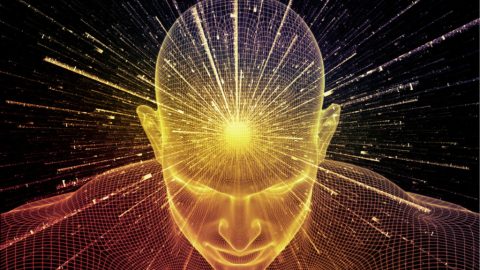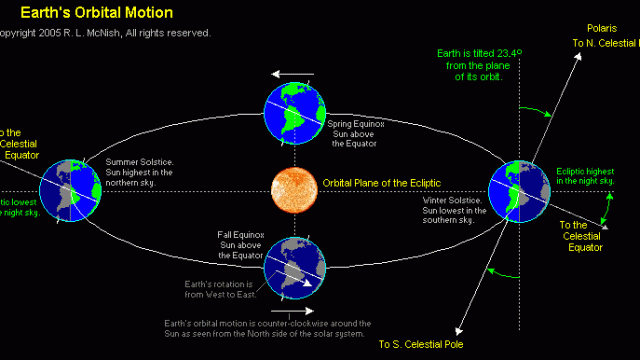I think, therefore I am. I think.

The human brain is, according to most scientists, the most complex system we know in the universe.
Granted, there may be other, more complex, entities somewhere in the vastness of our cosmic bubble, such as an AI civilization in a galaxy billions of light years away. But for all that we currently know, the brain is it.
This level of complexity invites mystery. “How we know we are” remains profoundly confusing, notwithstanding the remarkable progress in cognitive neurosciences and computer science.
The discussion goes back thousands of years. Plato was a dualist, believing that the soul inhabited the body for a short time before returning to its heavenly home. Aristotle, on the other hand, would not separate the two. Descartes took Plato’s lead and ran with it, becoming the father of modern dualism, placing soul apart and before body (or matter): “I think, therefore I am,” means that thought precedes material existence.
The challenge for Descartes was the different nature of the soul-stuff. (Philosophers would say soul and matter were two ontologically different substances.) Being immaterial, the soul had no physical properties. How, then, could it interact or affect matter? If thoughts were somehow caused by the soul, how would they cause the brain to act? This is sometimes called the binding problem: how does soul bind to the brain?
Materialists would dismiss the existence of the soul or avoid attributing anything nonmaterial as the source of human consciousness. All there is, they would say, is matter, protons, neutrons, and electrons interacting with one another, making up molecules, neurons, and dendrites. Somehow, the complexity of the brain engenders consciousness. If for dualists the mystery is in the binding, for materialists it is in understanding how it is possible for matter to think and have self-awareness.
The word “emergence” is often invoked as the possible explanation: electric currents and neurotransmitters flow through many neurons, connected by many dendrites, and this complex bioelectric activity creates a new level of brain functioning we perceive as subjectivity. It sounds appealing, but after years of speculations, we have nothing concrete.
We need new ideas
In order to make progress, new ideas are badly needed. Enter New York University philosopher David Chalmers, whose work has helped clarify what the complications are about. In 1995, Chalmers, still in his native Australia, published a paper separating the quest for understanding consciousness into two very different ways: the “easy” and the “hard” problems. The “easy” problems, which are, in fact, extremely complex and keep thousands of neuroscientists very busy, are related to common cognitive and physiological functions, such as how we see, how we hear, how neuronal impulses translate into muscular action, etc. Years of research, aided by functional magnetic resonance imagery and other brain-activity measuring devices, have shown that neuronal firing in certain areas of the brain are directly correlated with specific cognitive and physiological functions. The materialists feel quite at home here
According to Chalmers, the “hard problem” is a very different story. His ideas reenergize those of the great Victorian physicist John Tyndall, who, with remarkable prescience, wrote in his 1868 address to the Physical Section of the British Association for the Advancement of Science:
The passage from the physics of the brain to the corresponding facts of consciousness is unthinkable. Granted that a definite thought, and a definite molecular action in the brain occur simultaneously, we do not possess the intellectual organ nor, apparently, any rudiment of the organ, which would enable us to pass by a process of reasoning from the one phenomenon to the other. They appear together and we don’t know why. Were our minds and senses so expanded, strengthened and illuminated as to enable us to see and feel the very molecules of the brain, were we capable of following all their motions, all their groupings, all their electric discharges, if such there be, and were we intimately acquainted with the corresponding states of thought and feeling, we should be as far as ever from the solution of the problem. How are these physical processes connected with the facts of consciousness? The chasm between the two classes of phenomena would still remain intellectually impassable.
In other words, Tyndall recognized that a strictly materialistic approach to explain consciousness would never work. We may identify the physiological activity related to a feeling, located in specific or combined areas of the brain. We may identify not just the neuronal firing, but also the chemicals flowing from point A to point B as the feeling is felt. But such scientific descriptions of the phenomenon will still not illuminate the feeling itself.
A gap in our argument
There is something missing here, a gap in our explanatory argument that fails to link physicochemical phenomena with the ineffable experience of feeling something. And it doesn’t need to be anything as lofty as love or religious ecstasy. Kicking a stone will do it, as one can locate the regions in the brain associated with the pain but can’t grab on to how the firing of specific neurons translates into having pain or why certain kinds of pain make you cry and others don’t, be the pain physical or emotional. This is what Chalmers calls the “Hard Problem.”
A strict reductionist approach that takes a bottom-up methodology to the mind seems to be missing something essential about what’s really going on. It is not that science is unable to ever figure out the mind, or that the problem of understanding the mind is that we can’t step out of it. The problem is that this kind of approach—focused on local cause-and-effect mechanisms within the brain and on neurons firing across their synaptic connections—is doomed to fail.
The mind is a challenge because it works more like a city than a household, with several networked links resonating at different times and with different subgroups of nodes, such that understanding the behavior of individuals or even of smaller groups won’t tell the whole story of what’s going on. No approach can capture the whole of what goes on over time in a large city like New York or Rio, even if a city is made of small neighborhoods—and those neighborhoods, of a few individuals. One may capture certain mass events, like rush hour traffic or festivals, parades or open-air concerts, but not the global behavior of the city. You can describe a city, its neighborhoods and museums, and its history, but not explain it, at least not in some clear deterministic way. As Nobel Prize physicist Phil Anderson once remarked: “More is different.”
What’s missing
Chalmers suggests that what’s missing is some kind of new physical property attached, somehow, to brain activity. In a recent conversation in physicist Sean Carroll’s podcast Mindscape, Chalmers used the analogy of trying to explain electromagnetism without the concept of an electric charge. You just can’t do it. Adding charge as a new property of certain particles of matter opens a whole new universe of explanation that encompasses many kinds of phenomena. Perhaps, he suggests, that’s what we need to explaining consciousness, a new ontological player, as fundamental as mass and charge. Perhaps. Unfortunately, no one has any real idea of what it could be.
While the debate rages on, Chalmers recently published a new paper suggesting an über-problem of consciousness, that he calls the “Meta Problem of Consciousness.” Essentially, the meta-problem is why we ask questions about the problem of consciousness. What is it about our kind of consciousness that makes us puzzle about its nature? In a sense, this is related to the easy problems, given that it is connected with behavior. The meta problem links the three problems of consciousness in an organic whole. For example, would we now say that only a fully-developed consciousness is able to puzzle about its existence? Is it at this level of self-awareness that we would credit an AI with consciousness?
Chalmers suggests that the meta problem is amenable to scientific inquiry and carefully considers a few avenues for its empirical study. I hope colleagues in mind studies will take this seriously.
Perhaps, after thousands of years of speculation, the effort will shed some light on the mystery of consciousness. Perhaps.
The post I Think, Therefore I Am. I Think. appeared first on ORBITER.





